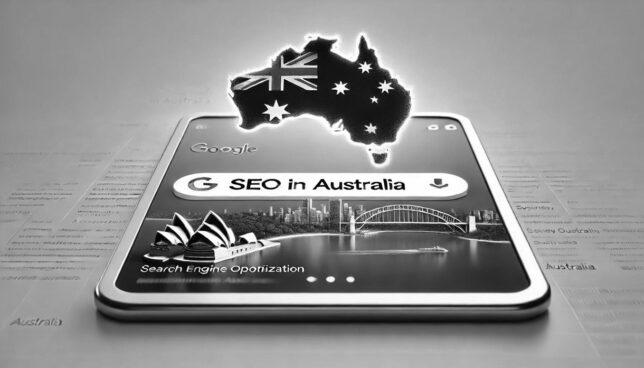
Introduction
Australia’s search engine and SEO journey largely reflects global trends, but with local nuances shaped by local factors such as our internet infrastructure and adoption, regulatory landscape and digital habits.
Understanding this evolution helps businesses stay ahead in an increasingly AI-driven search landscape.
Early Search in Australia (1990s)
In the early days, Australian businesses relied on directories like Yellow Pages Online (launched in 1994) and Australian search engines such as Anzwers and Web Wombat.
LookSmart was an Australian-founded internet search and directory company that gained prominence in the late 1990s and early 2000s. It was established in Melbourne in 1995 by Evan Thornley and Tracy Ellery as one of the early web directories.
These platforms operated similarly to the Yahoo! Directory, providing a curated collection of websites categorised by topic and requiring manual submissions and keyword-based searches.
Australia’s relatively slow broadband rollout compared to the US and Europe also meant that many businesses were late to adopt digital marketing strategies, including SEO.
The Rise of Google and SEO Awareness (2000s)
Google’s dominance in Australia was solidified in 2006 when it became the default search engine for NineMSN, one of the country’s largest web portals at the time. This period saw Australian businesses shifting away from directory-based advertising toward organic search strategies.
Local SEO became important as Google introduced location-based search, with Australian businesses optimising for terms such as “plumber Sydney” and “best cafes in Melbourne.” The introduction of Google Australia (google.com.au) allowed users to refine searches by country, making local optimisation essential.
Google's Algorithm Updates and the Australian Market (2010s)
Google’s Panda (2011) and Penguin (2012) updates had significant effects on Australian businesses. Many web sites that relied on thin content or manipulative link-building strategies (common in the early days of SEO) saw their rankings plummet.
This period also saw a rise in professional SEO services in Australia, as businesses began prioritising high-quality content, mobile optimisation, and ethical link-building.
Mobile and Local SEO: The Australian Perspective
With Australia having one of the highest smartphone penetration rates globally, Google’s “Mobilegeddon” update (2015) had a major impact. Web sites that weren’t mobile-friendly saw a drop in rankings.
Google My Business (GMB) – now known as Google Business Profile – became crucial for local businesses, with features including customer reviews and map integration making it easier for users to find Australian stores, restaurants, and services.
Many small businesses that had relied on traditional advertising shifted their marketing focus to achieving better ranking in Google’s “Local Pack” results. This feature displays a map and a curated list of local business listings relevant to a user’s query, typically appearing at the top of search results.
The Rise of AI and the Future of SEO in Australia
Today, AI-driven search is shaping the SEO landscape in Australia. Google’s BERT and RankBrain updates mean that search engines better understand Australian slang and conversational queries (for example, “Know where I can grab a slab around here?”).
Voice search is growing, driven by the popularity of devices such as Google Nest and Amazon Alexa. This trend is particularly relevant in regional Australia, where users often rely on voice search for navigation and local business information.
Privacy laws, including Australia’s Privacy Act, are also shaping how businesses collect and use data for SEO and digital marketing. Future SEO strategies will need to balance data-driven insights with compliance and user trust.
Key Takeaways for Australian SEO
Local SEO is critical: Google Business Profile, local keywords, and location-based search are essential for visibility.
Mobile-first matters: With Australia’s high smartphone adoption, optimising for mobile is non-negotiable.
Quality content wins: AI-powered search engines reward well-structured, authoritative content.
Regulation awareness is key: Australian privacy laws will impact data-driven SEO strategies.
By understanding these trends, Australian businesses and SEO professionals can better navigate the evolving search landscape while ensuring compliance and relevance in a competitive digital world.
Conclusion
SEO in Australia has evolved alongside major search engine advancements, from directory-based search to AI-powered results. To stay competitive, businesses must prioritise local SEO, mobile optimisation, and high-quality content.
Need help refining your SEO strategy? Start optimising today to boost your digital presence.
#SEO #AustraliaSEO #SearchEngines #GoogleUpdates #LocalSEO #DigitalMarketing #AISEO #MobileSEO #OnlineVisibility
